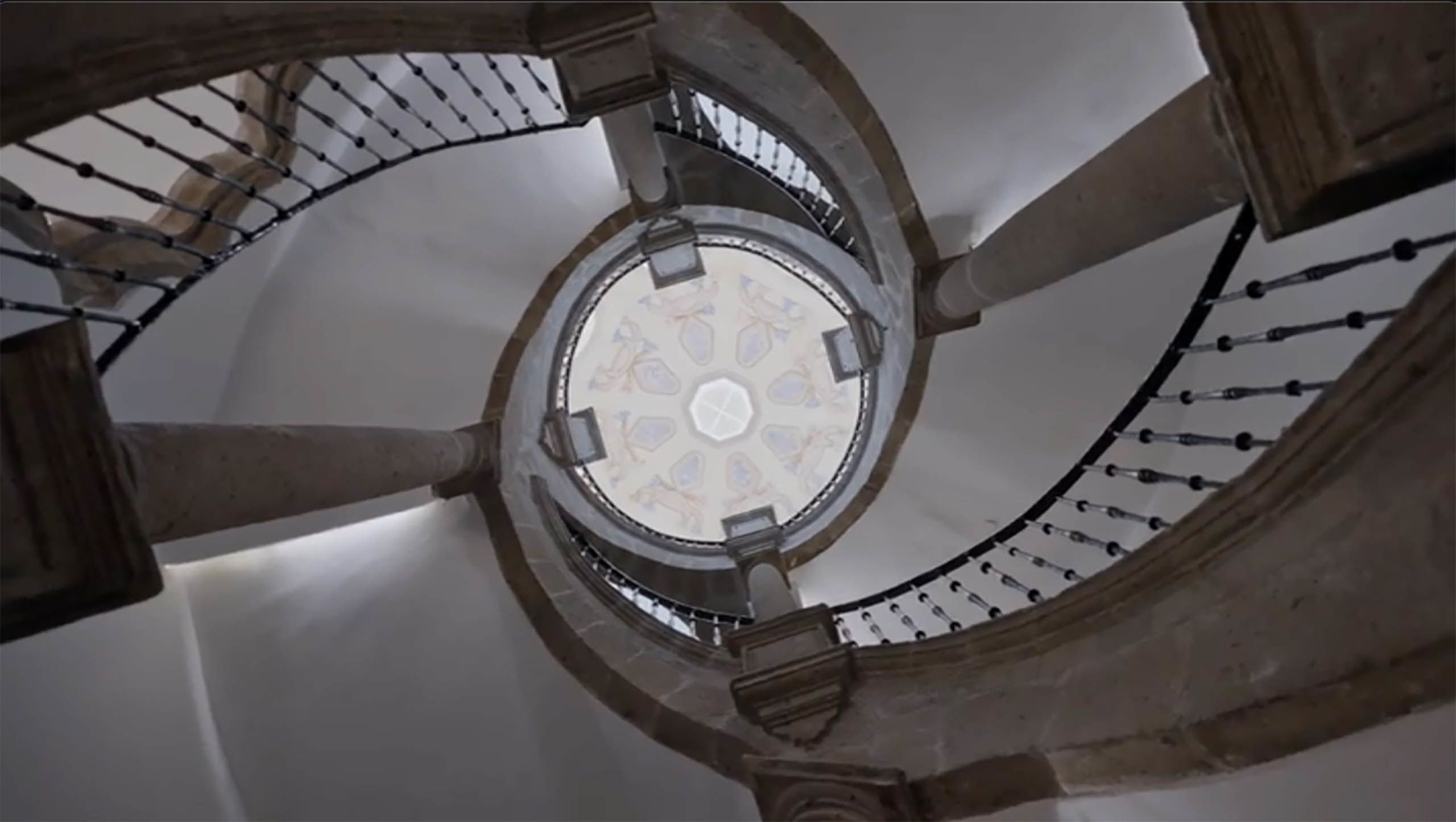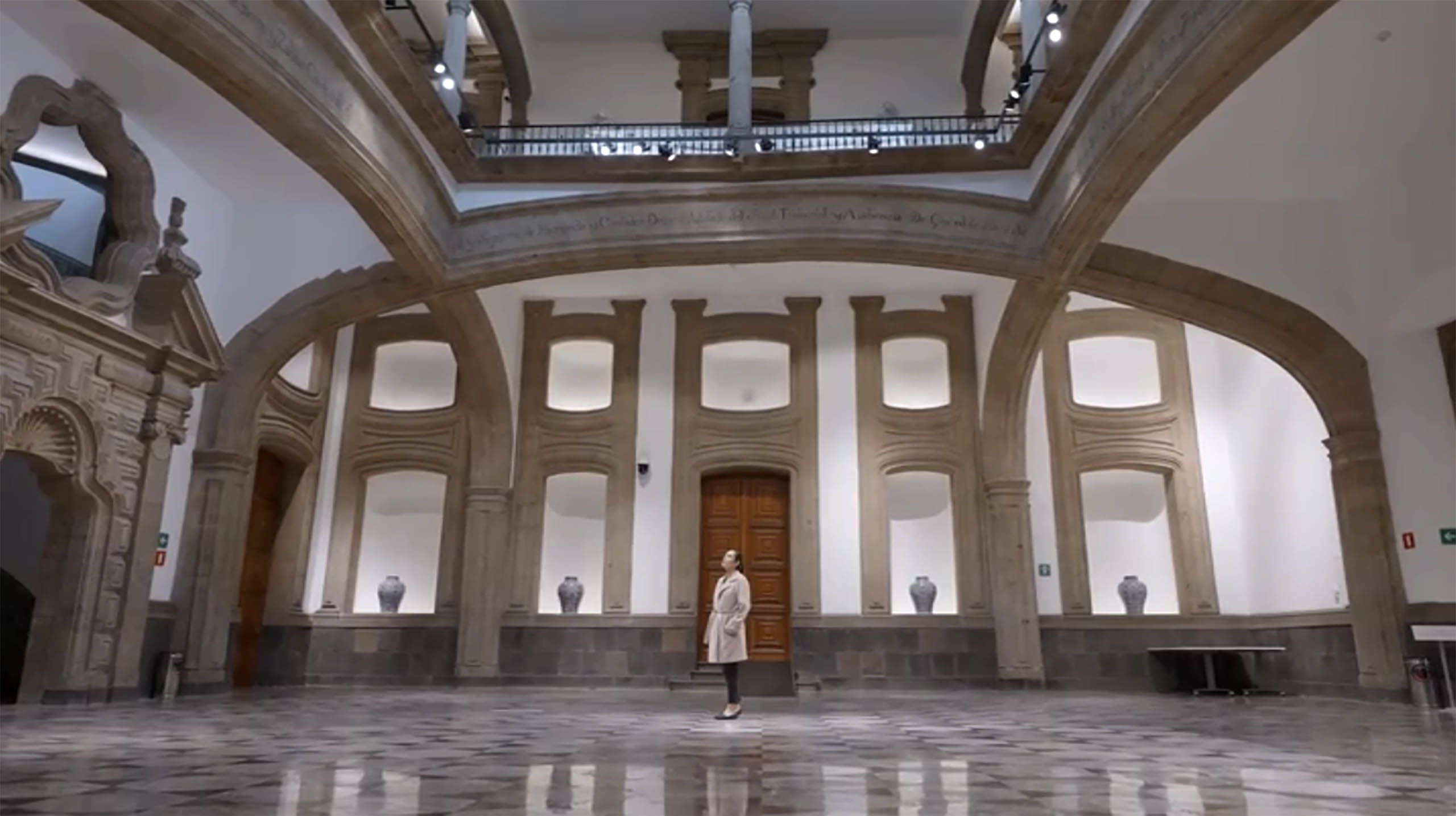Turning a Baroque Masterpiece into a Zero-Carbon Work of Art
In the heart of Mexico City, a former palace makes sustainable architectural history

At the corner of Isabel la Catolica and Venustiano Carranza in the historic district of Mexico City, the Foro Valparaíso Museum, a Baroque masterpiece, harkens back to a time of distant grandeur. Decorated in Mexico’s iconic "tezontle" volcanic brick, the ochre exterior of the former Palace of the Counts of San Mateo de Valparaíso has remained largely untouched since the 18th century.
In the heart of Mexico City, the Foro Valparaíso makes sustainable architectural history by becoming the world’s oldest building, and first museum, to achieve EDGE zero-carbon certification.
But step inside this former palace and experience a modern-day masterclass in sustainable construction.
Despite retaining all of the unique architectural gems of the Baroque period – a double helical staircase and tile from the renowned Puebla tile shop, Talavera – the Foro Valparaíso has been recently retrofitted to become the world’s oldest building, and first museum, to achieve EDGE zero-carbon certification.
With energy-efficient water and electricity systems, the building now saves more than 90 percent in energy consumption and 98 percent of embodied energy in construction materials, offsetting 100 percent of operational carbon emissions. The Foro Valparaíso is an example of a "brown building" – a term that refers to buildings that are not energy efficient. Emerging markets have an outsize stock of these types of buildings with the potential for energy adaption and emissions reduction.

“Sustainability standards are not only applicable to new construction, but historic buildings as majestic as this one can also be retrofitted to be energy and environmentally efficient while safeguarding their cultural grandeur.”

The museum, which was once the headquarters of the National Bank of Mexico – today Citibanamex – houses 117 artistic treasures from private collections across Mexico. Diego Rivera’s 1942 "Calla Lily Vendor" lives here, as well as works by Frida Kahlo, Remedios Varo, and Leonora Carrington. This Citibanamex space also hosts programs to promote local innovation, entrepreneurship, and culture.
"For Citibanamex, sustainability is key, as it expands our long-term vision and also helps us identify opportunities for improvement in other areas and support a cause that is important to us all,” says Guillermo Mijares, Citibanamex’s director for corporate realty services. “Increasing the energy efficiency of a historic building of such magnitude is a concrete step that contributes, in a very important way, to stop the environmental deterioration of the planet.”

Published in October 2023
